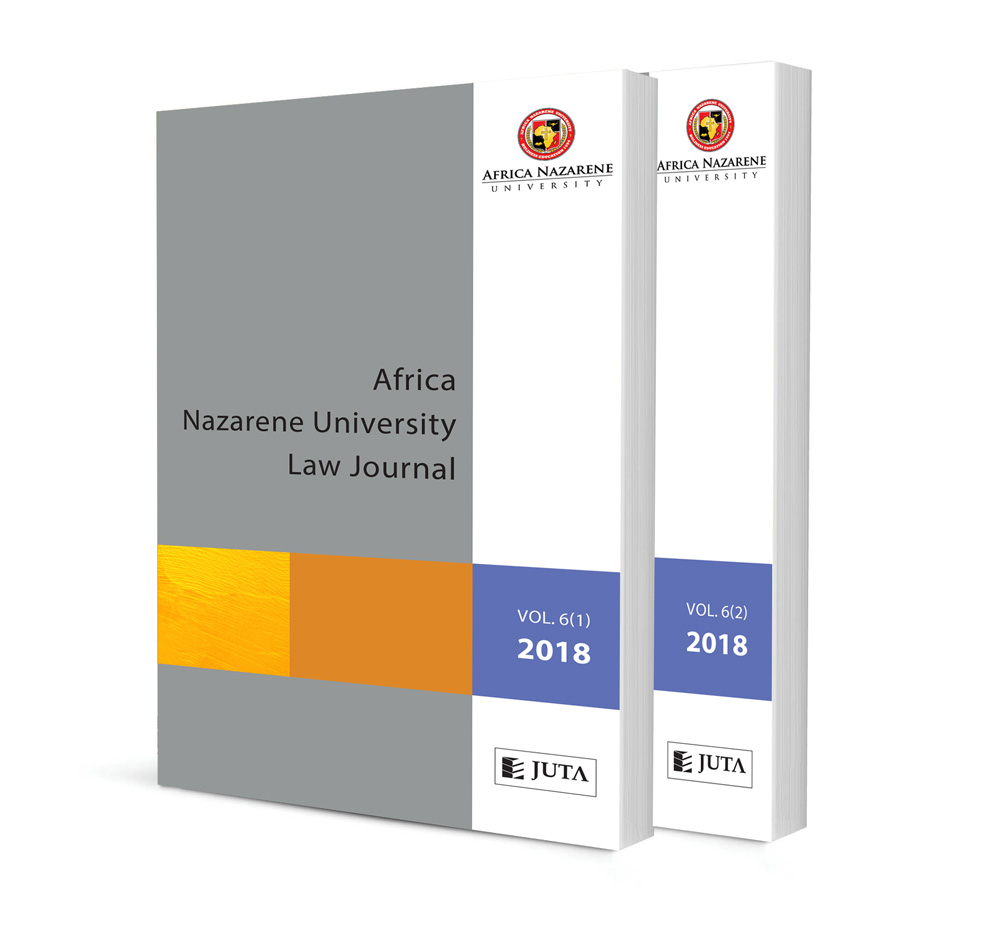
The Efficacy of Traditional Dispute Resolution Mechanisms (TDRMS) in Achieving Access to Justice for Marginalised: A Focus on the Kipsigis Community in Kenya
Authors Joseph Sergon and Prof Albert Mumma
ISSN: 2521-2613
Affiliations: LLB, LLM (University of Nairobi). Justice of the High Court of Kenya and PhD Candidate, University of Nairobi, Kenya; LLB, LLM, PGDip Legal Studies, PhD. Professor, Faculty of Law, University of Nairobi
Source: Africa Nazarene University Law Journal, 2020, Volume 8, Issue 1, p. 149 – 171
https://doi.org/10.47348/ANULJ/v8/i1a7
Abstract
The constitutional recognition of traditional dispute resolution mechanisms (TDRMs) legitimises them as complementary avenues to access to justice in Kenya. However, the lack of clarity regarding the scope of these mechanisms makes it difficult to integrate them with the formal justice systems. An understanding of how the mechanisms work is critical in addressing this lacuna. Using a case study approach, this Article discusses the typology of TDRMs in Kenya, and the disputes involved based on examples from the Kipsigis community. It also outlines the Kipsigis TDRM procedures in both criminal and civil cases. The article also discusses the issue of jurisdiction, various reporting and trial stages, whether there are any appellate bodies, enforcement of awards, compensation, and whether any cases have been referred to courts and vice versa. The purpose of the study is to lay a basis for the analysis of TDRMs from a natural justice perspective with the Kipsigis community as the point of focus. The study found that the Kipsigis TDRMs are considered effective avenues for access to justice for those who lack the means to access courts. The community finds the TDRMs fair as they listen to the parties in an open forum and community members are welcome to participate, unlike judicial processes, which are typically adversarial. Yet, a question arises whether TDRMs, by their nature, meet the principles of natural justice and the rule of law, particularly the threshold set for the protection of the right to a fair trial and equality. This article examines the extent to which the Kipisgis TDRMs blends with the principles of natural justice or procedural fairness, and the rule of law.